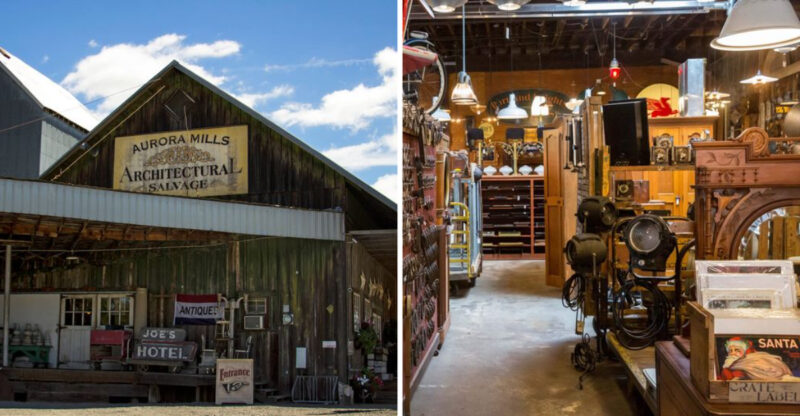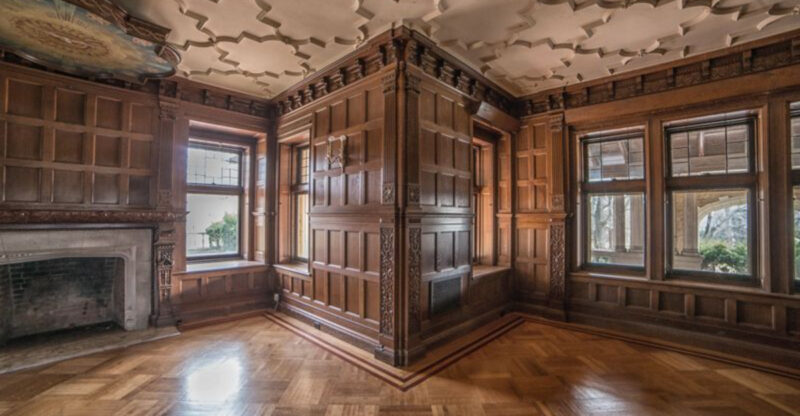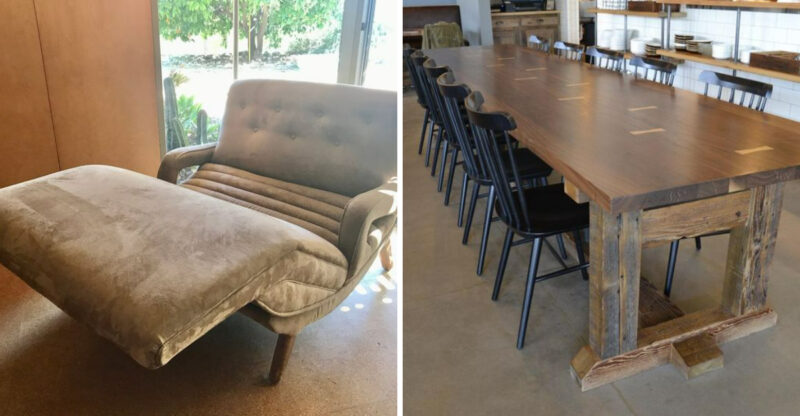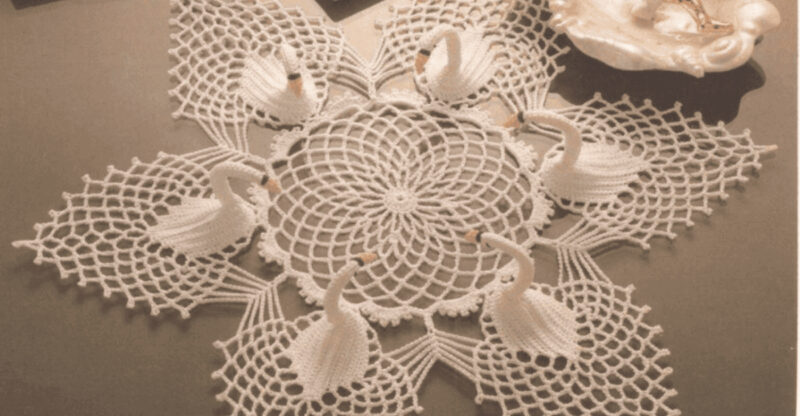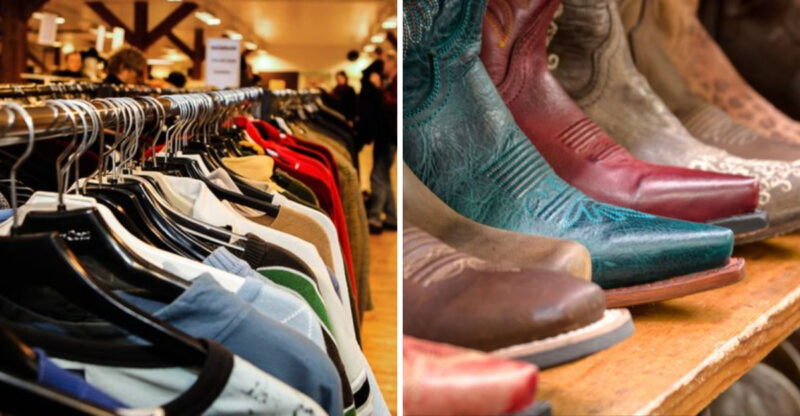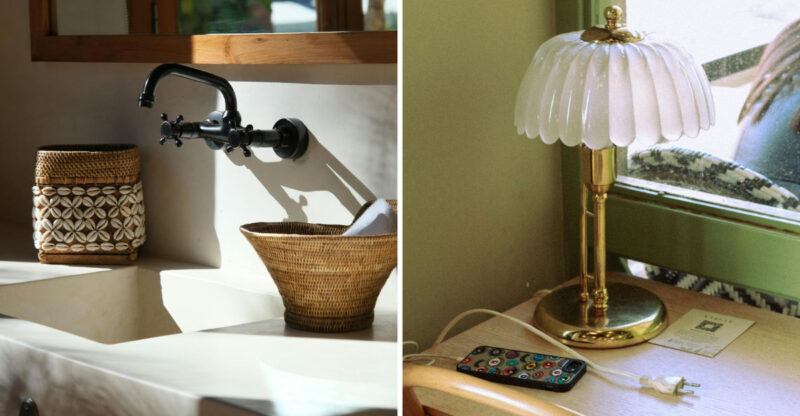Old-School Charm From Des Moines That Keeps Iowa Interiors Timeless
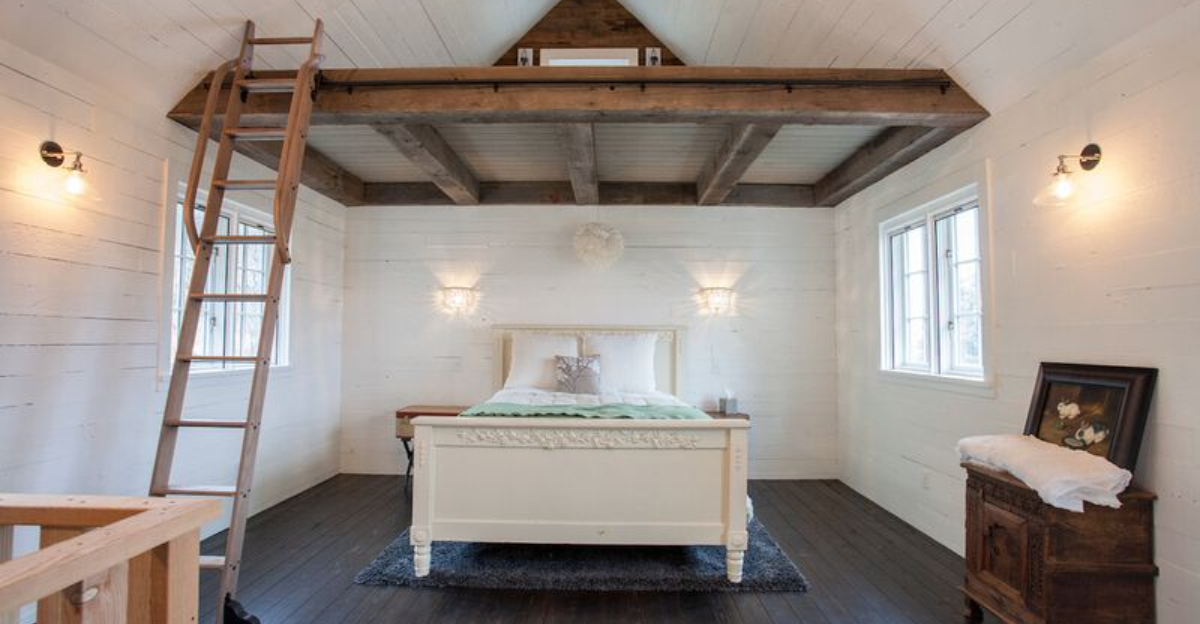
There’s something magical about walking into a home that feels like a warm hug from the past, cozy, familiar, and full of character. In Des Moines, old-school charm isn’t just preserved, it’s proudly on display, stitched into every corner of Iowa’s most inviting interiors.
Vintage furniture tells stories without saying a word, while handcrafted details bring a sense of soul that no catalog can replicate. A well-loved quilt might add warmth to a minimalist room, proof that history and modern design can dance together beautifully.
Des Moines knows, true style doesn’t follow trends, it writes its own.
1. Vintage Agricultural Implements As Decor
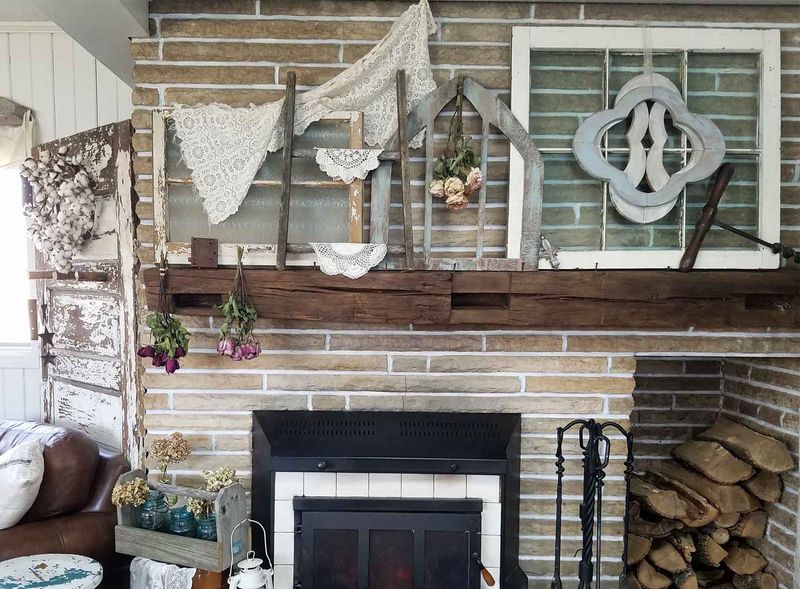
Rusty cream separators, antique corn planters, and weathered grain scoops transform from forgotten tools into conversation-starting focal points. Local homeowners hunt for these treasures at rural auctions and estate sales throughout Iowa.
Des Moines interior specialists recommend displaying these implements either in their natural state or repurposed into functional pieces like lamp bases or wall art. The contrast between utilitarian history and modern context creates a delightful visual tension.
Even small agricultural artifacts like vintage seed bags or butter molds make charming shelf displays that honor Iowa’s farming heritage.
2. Locally-Crafted Amish Furniture

Ever wonder if a dining table could survive the chaos of a Thanksgiving feast and still look stunning years later? Enter the solid oak dining tables crafted by Amish artisans near Des Moines.
These aren’t your run-of-the-mill pieces, we’re talking heirloom-quality tables that can handle everything from mashed potatoes to family drama. Built with traditional woodworking techniques passed down through generations, these tables offer simple elegance and durability that could outlast your wildest holiday gatherings.
Cherry, walnut, and quarter-sawn oak are the go-to woods. Want to know the best part? They only get more beautiful (and less wobbly) with age.
3. Heritage Quilts and Textile Art

Grandma’s lovingly stitched star pattern quilt draped across an armchair adds instant warmth to contemporary Iowa spaces. These handcrafted textiles connect modern homes to generations of prairie homemakers who created beauty from necessity.
Des Moines decorators display these textile treasures as wall hangings, bed coverings, or even framed under glass as art pieces. The geometric patterns and lively color combinations of traditional Iowa quilts surprisingly complement today’s minimalist and mid-century modern aesthetics.
Family stories woven into each piece make these textiles irreplaceable elements of authentic Iowa interiors.
4. Architectural Salvage From Historic Buildings
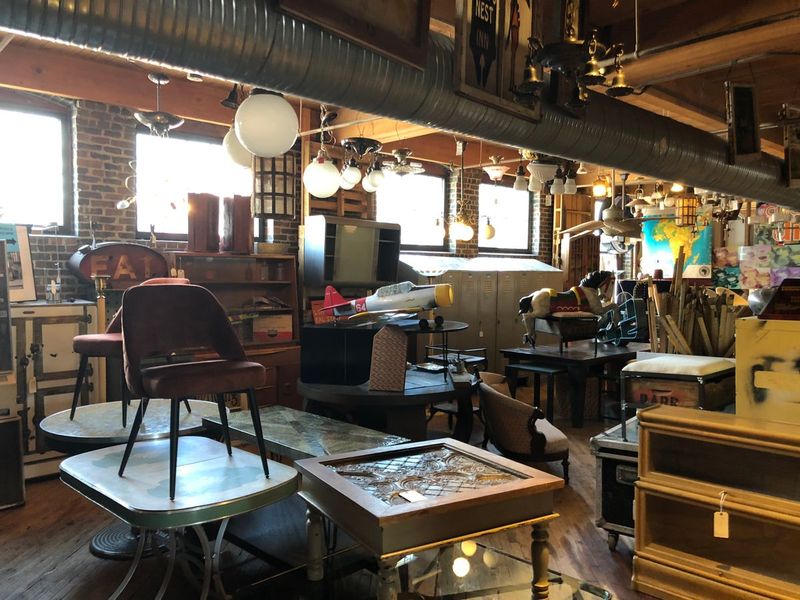
Ornate Victorian porch spindles, weathered tin ceiling tiles, and stained glass windows rescued from Des Moines’ historic buildings bring character impossible to replicate with new materials. Savvy homeowners incorporate these architectural elements as room dividers, headboards, or decorative wall installations.
The West End Architectural Salvage warehouse in downtown Des Moines has become a treasure trove for interior designers seeking authentic pieces with local provenance. Even small salvaged items like vintage doorknobs or iron heating grates make meaningful accessories.
Using these elements creates a subtle connection to the city’s architectural heritage while adding unique visual interest.
5. Prairie School-Inspired Stained Glass Panels
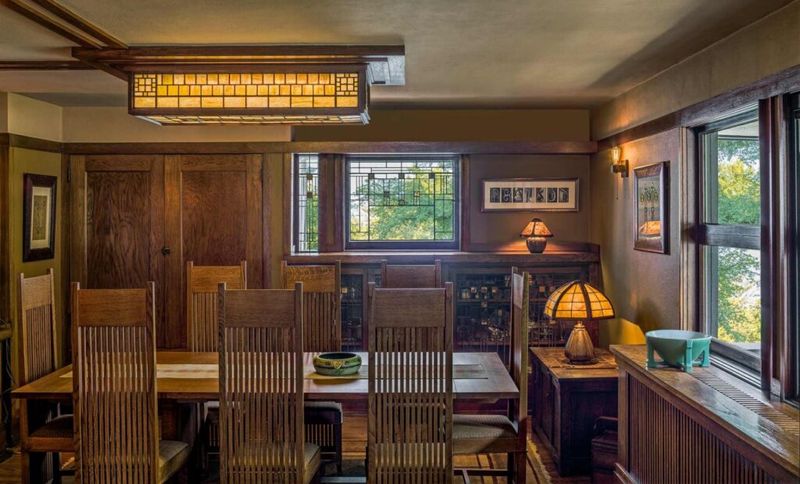
Sunlight dances through colored glass, painting living rooms with rainbow patterns that change throughout the day. These stained glass installations draw inspiration from Frank Lloyd Wright’s Prairie School movement that flourished in Des Moines during the early 1900s.
Homeowners across Iowa incorporate these geometric, nature-inspired panels into unexpected places, cabinet doors, room dividers, and even ceiling fixtures. The amber, green, and blue hues reference Iowa’s landscape while creating a warm ambiance that modern lighting simply can’t replicate.
Many Des Moines artisans still craft these panels using century-old techniques, ensuring each piece carries both artistic value and historical significance.
6. Victorian-Style Lace Curtains
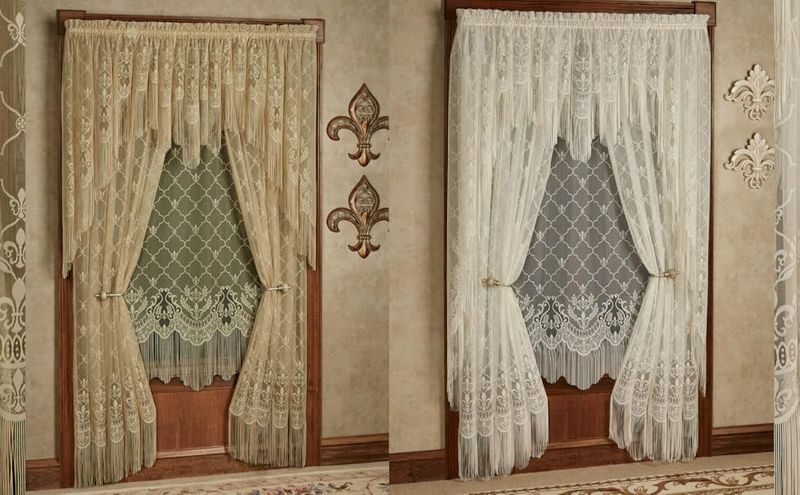
Victorian-style lace curtains in Des Moines homes bring a sense of romantic elegance and timelessness to interiors. These delicate textiles, with their intricate patterns and soft translucence, elegantly filter light while maintaining privacy.
The charm of lace lies in its ability to add texture and sophistication without overwhelming a room’s design. Whether framing a picturesque window or adding a touch of luxury to a simple space, lace curtains evoke a bygone era of refinement.
Their adaptability to various decor styles ensures they remain a popular choice, offering both beauty and functionality throughout the years.
7. Riverboat Casino Memorabilia Display Cases
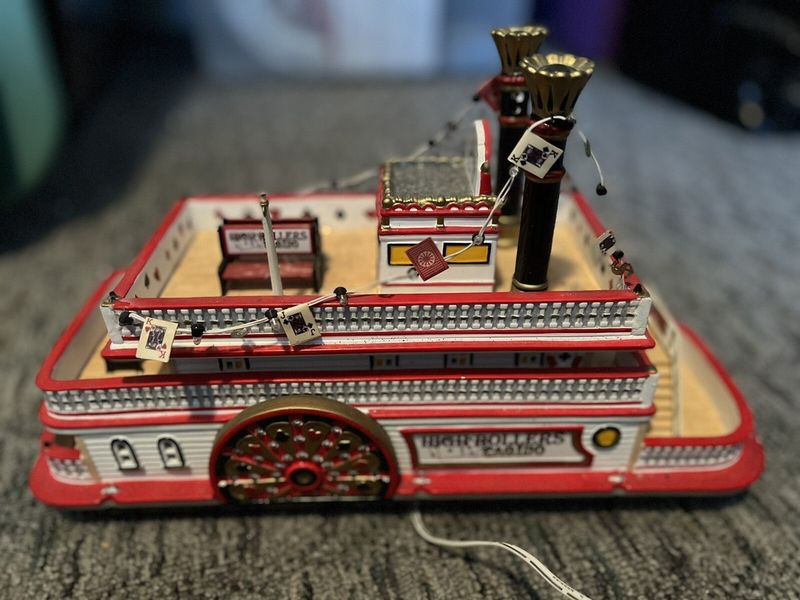
Feeling lucky, or just love a good story? Some Des Moines homes are doubling down on style with riverboat casino memorabilia straight from Mississippi’s rowdier days. Before Iowa had legal land-based gambling, locals hit the water for floating fun and a roll of the dice.
Now, that history sails back into living rooms through quirky, curated displays featuring antique playing cards, jade dice, velvet chip trays, and even tiny paddle wheels.
Often showcased in repurposed Victorian watch cases or handcrafted oak shadow boxes, these collections are part décor, part time machine. They add just the right amount of mischief to Iowa’s famously practical interiors, a cheeky nod to the state’s river-running, rule-bending past.
8. Reclaimed Barn Wood Accents
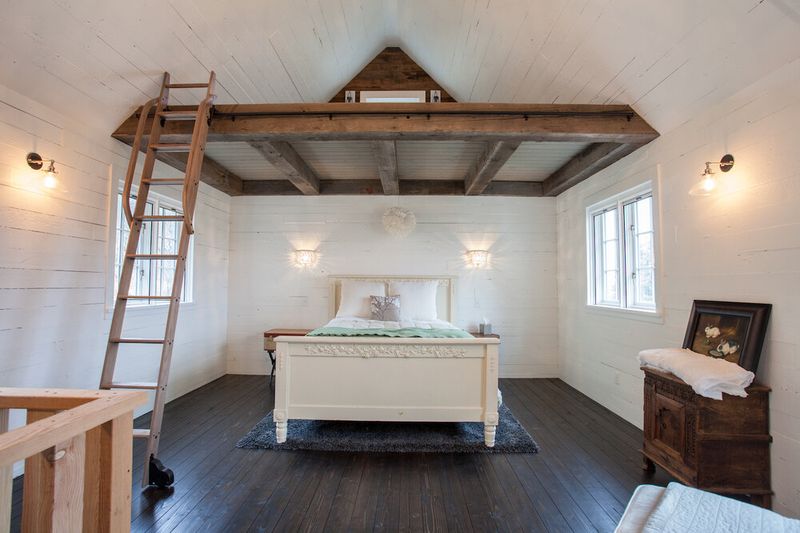
Nothing captures heartland heritage quite like weathered wood salvaged from century-old barns. Each plank tells a story of Iowa’s agricultural roots, bearing authentic marks of time and weather.
Des Moines designers frequently incorporate these reclaimed treasures as statement walls, kitchen islands, or floating shelves. The rich patina and natural imperfections create visual interest that mass-produced materials simply can’t replicate.
Homeowners appreciate how these elements connect their modern living spaces to Iowa’s farming legacy while providing sustainable design that reduces waste.

